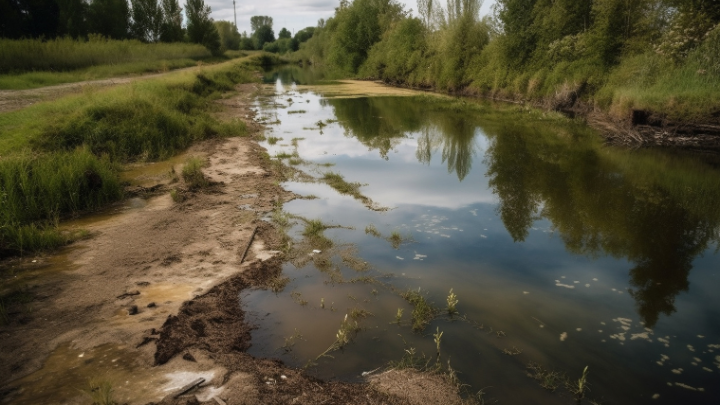The Environmental Impact of Nanobubbles Technology: Unveiling the 30nm Revolution
In the expansive landscape of environmental sustainability, the role of technology in mitigating impact cannot be overstated. This exploration delves into the intricate web of the environmental impact of nanobubble technology, with a particular emphasis on the revolutionary precision of our nanobubble machine, producing bubbles at an astonishingly small 30 nanometers in diameter.
Decoding the Environmental Landscape
Navigating Environmental Challenges
As we grapple with unprecedented environmental challenges, innovative technologies emerge as beacons of hope. Nanobubbles technology, with its promise of precision and efficiency, stands out as a potential game-changer in our quest for a sustainable future.
Understanding Nanobubbles Technology
The Essence of Nanobubbles
Nanobubbles, measuring below 1000nm and often much smaller, are microscopic bubbles with unique properties. Their diminutive size and enhanced surface area make them versatile tools in various applications, particularly in environmental and industrial contexts.
Precision at 30nm: Redefining Environmental Solutions
What sets our nanobubble machine apart is its ability to generate bubbles at a groundbreaking 30 nanometers in diameter. This precision represents a paradigm shift, providing environmentalists and industry leaders with tools that offer unparalleled accuracy and effectiveness in addressing environmental challenges.
Applications in Water Treatment
Revolutionizing Water Purification
Water scarcity and pollution pose significant threats to our planet. The precision of 30nm nanobubbles in water treatment holds immense promise. These tiny bubbles can be employed to target and remove contaminants with unparalleled accuracy, ensuring access to clean water for communities worldwide.
Efficient Wastewater Treatment
In wastewater treatment, the introduction of 30nm nanobubbles signifies a leap forward. Their small size enhances the breakdown of pollutants, accelerating the treatment process and minimizing the environmental footprint of wastewater treatment facilities.
Soil Remediation and Agriculture
Precision in Soil Health
Agriculture, a cornerstone of human survival, faces challenges from soil degradation. 30nm nanobubbles contribute to soil remediation by enhancing nutrient absorption and promoting microbial activity, fostering healthier soils and sustainable farming practices.
Reducing Agricultural Runoff
The precision of nanobubbles extends to agriculture's environmental impact. By encapsulating nutrients, these bubbles minimize agricultural runoff, preventing the contamination of water bodies and mitigating the ecological consequences associated with traditional farming practices.
Air Quality Improvement
Addressing Airborne Pollutants
Air pollution, a global concern, finds a potential adversary in nanobubble technology. The 30nm precision allows these bubbles to target and neutralize airborne pollutants, contributing to improved air quality and public health.
Wildlife Conservation
Mitigating Environmental Disruptions
Human activities often disrupt natural ecosystems. Nanobubbles, with their precision, can play a role in mitigating these disruptions. From supporting aquatic habitats to minimizing the impact of industrial processes, the applications are diverse and impactful.
Balancing Innovation with Environmental Responsibility
In conclusion, the environmental impact of nanobubbles technology, especially with 30nm precision, opens new frontiers in our pursuit of sustainable solutions. As we embrace these innovations, we must remain vigilant in balancing technological progress with environmental responsibility. The potency, accuracy, and environmental consciousness of nanobubbles reshape the landscape of environmental technologies.
